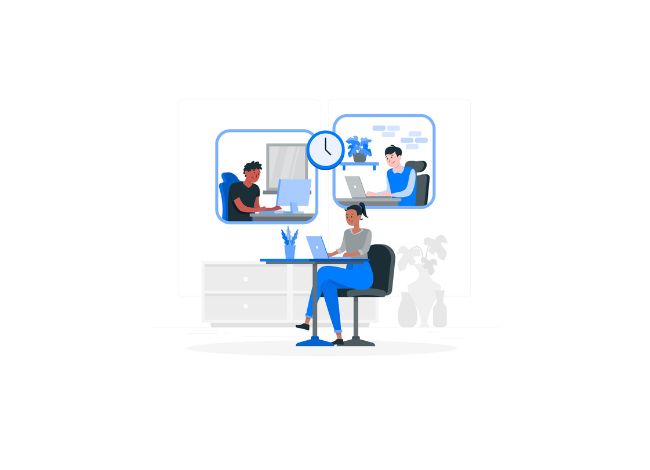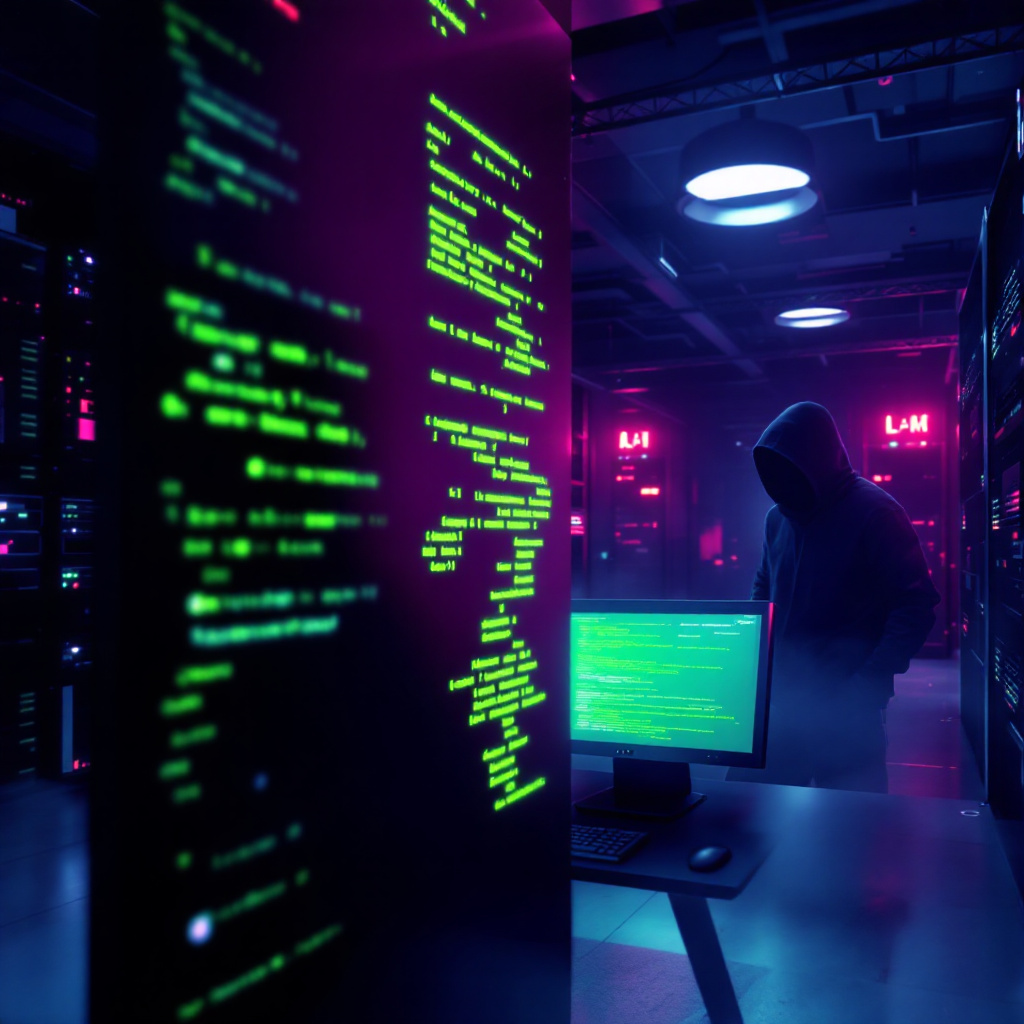Introduction
In today’s digital era, small businesses are prime targets for cybercriminals, making Cybersecurity Practices critical to their survival. The consequences of a successful attack can range from financial losses and reputational damage to, in extreme cases, the closure of the business. To protect your organization, it’s crucial to adopt strong Cybersecurity Practices. This blog will share practical tips and strategies that small businesses can follow to strengthen their Cybersecurity Practices and safeguard their digital assets.
1. Assess Your Cybersecurity Risks
One of the first and most vital Cybersecurity Practices is performing a thorough risk assessment. Pinpoint potential vulnerabilities and threats within your network infrastructure, data storage, employee devices, and third-party services. A clear risk assessment helps prioritize cybersecurity efforts, ensuring resources are allocated effectively to where they are most needed.
2. Implement Strong Network Security Measures
Securing your network is a key component of Cybersecurity Practices. Utilize firewalls, intrusion detection and prevention systems, and secure Wi-Fi networks. Regularly update and patch network devices, such as routers and switches, to safeguard against known vulnerabilities. Always use strong, unique passwords for all network devices, ensuring default passwords are changed immediately.
3. Educate and Train Employees on Cybersecurity Practices
One of the most important Cybersecurity Practices is employee training. Educate your staff about common cyber threats like phishing, social engineering, and malware downloads. By fostering awareness, you help employees recognize suspicious activity, follow proper security protocols, and prevent breaches through basic actions such as using strong passwords, locking devices, and avoiding risky data sharing.
4. Secure Data and Systems
Data protection is at the heart of Cybersecurity Practices. Secure sensitive data by using encryption, backups, and strict access controls. Regularly update software and operating systems to patch security vulnerabilities. Deploy endpoint protection solutions to safeguard employee devices from malware infections and other cyber threats.
5. Develop an Incident Response Plan
Having an incident response plan is a critical Cybersecurity Practice. This plan outlines the steps for detecting, containing, and recovering from security breaches. Assign specific roles to employees for managing different aspects of the response process and regularly test and update the plan to ensure it remains effective.
6. Regularly Backup and Test Data
Backing up data is a key Cybersecurity Practice that ensures business continuity in the event of a breach or failure. Store backups securely offline or in the cloud and regularly test the restoration process to verify that data can be recovered when necessary.
7. Implement a Strong Password Policy
A strong password policy is one of the fundamental Cybersecurity Practices that should not be overlooked. Require complex passwords and mandate regular changes. Additionally, implementing multi-factor authentication adds an extra layer of security to your systems and data.
8. Control Access to Data and Systems
Controlling access is a significant Cybersecurity Practice. Implement least-privilege access controls, ensuring employees have access only to the resources necessary for their roles. Regularly review and revoke access as needed, reducing the chances of unauthorized access or insider threats.
10 Cyber Security Tips for Small Business.
9. Stay Informed About Emerging Cybersecurity Threats
Staying informed about the latest threats and vulnerabilities is a proactive Cybersecurity Practice. Ensure that your business is always up-to-date with new attack vectors and adopt the latest defense mechanisms to counter them.
Conclusion
Adopting strong Cybersecurity Practices is essential for protecting your small business. These practices, from risk assessments to password policies, can greatly enhance your defenses and safeguard your digital assets. Remember, cybersecurity is an ongoing process that involves continuous monitoring, updates, and employee education. By making Cybersecurity Practices a priority, you not only mitigate risks but also set your business up for long-term success.




